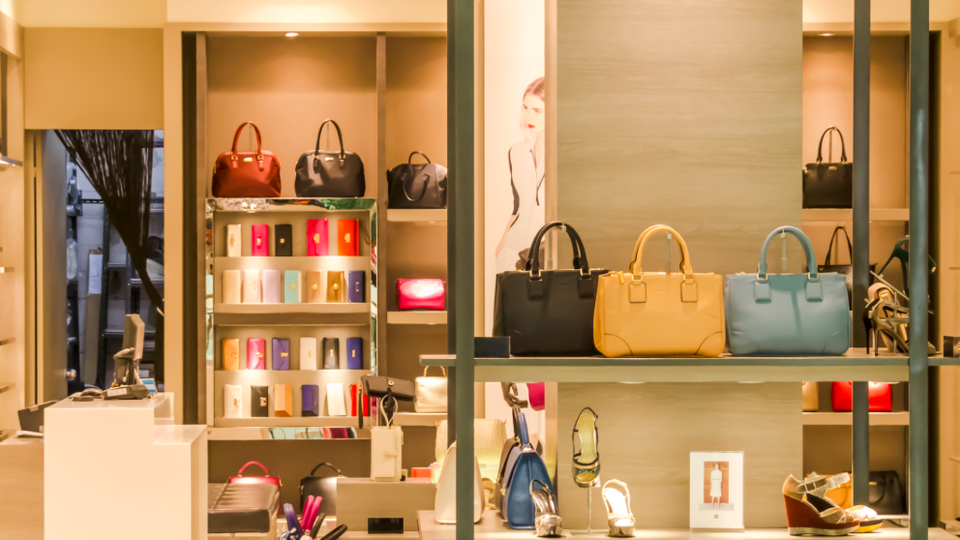Our weekly analysis of the must-read luxury news headlines

Our weekly analysis of the must-read luxury news headlines
The Wall Street bull
A Healthy Dose of American Optimism
The luxury industry has been so distracted by the seemingly endless string of predictions foretelling the day that China will be crowned the world’s number one market that it has become all too easy to forget where so many of our brands reap their fortunes. By most accounts, it is Japan and the United States which continue to lead the global country ranking. And while everyone knows that China’s phenomenal growth rate makes it an almost certainty that the these two nations won’t lead for very much longer, for now, a lot is riding on the health of the Japanese and American luxury goods markets.
Although the forecast for Japan continues to be bleak, the headlines coming out of the US this week should at least provide some cause for celebration. According to the latest Spectrem Millionaire Investor Confidence’s Index, (via The Wall Street Journal) the consulting firm’s Millionaire Index jumped six points in October, making it the highest it has been since December 2007.
The poll suggests that Americans with $1 million or more in investible assets haven’t been this confident about their finances since before the crisis hit. The main reason for the increase, analysts concur, was the recent stock market climb, which appears to be the key indicator to gauge the mood of the wealthy in America these days. Several observers have pointed out that this makes the newfound optimism somewhat precarious since the stock market could easily plunge again, negatively affecting the luxury market in the process.
But to add further credence to the fundamental message behind that poll, Reuters cited a Merrill Lynch report which estimates that 41% of Americans with at least $250,000 of investable assets believe they are in a better financial position than last year. Seen together with the 37% who said there was no change in their finances, that left only 22% who seemed to be feeling negatively.
“ In the all-important upcoming holiday season, luxury department stores and retailers will be the biggest winners ”

A Nordstrom storefront
What’s more, around ¾ of the 1,000 people surveyed said they were confident their finances would improve next year. It’s what economist Neil Dutta, called “High Hopes for the High End” in his latest report. The wire service also provided a good forecast for retail, citing experts at the National Retail Federation who said that in the all-important upcoming holiday season, luxury department stores and high-end retailers will be the biggest winners.
A leading American retail analyst, Dana Telsey, echoed this sentiment in an interview with CNBC. "The demand is there,” she said before warning that the luxury consumer would only buy if there was “newness and innovative product,” or if there was a hit item. If not, luxury retailers are “just going to be flooded with markdowns." But despite such caveats, there does seem to be a real consensus that this boost in confidence and optimism among the wealthy will translate to good business for luxury brands in the coming six months.
What worries more than a few analysts, however, is that this upward trend is in stark contrast to general consumer trends in the country. USA Today described it as “a growing divide between haves and have-nots,” based on its own survey which concluded that “consumers are buying more luxury items but spending remains tight for everyday essentials such as food and dental care.” If the widening gap continues, some observers have even suggested that it might eventually kick-start another cycle of luxury guilt which could drive the wealthy away from the shops.
No better timing then for a landmark CSR announcement to ease the wealthy’s conscience, like the one that Nordstrom made to WWD. The luxury US department store chain said that it was launching a 11,000-odd-square-foot “philanthropic-based store concept” in New York. A spokeswoman for the company stated, “All profits will go to nonprofit organizations. It’s really a chance to do something in a completely new way," and that the CSR branding would be discreet, something that seems to increase perceived authenticity among the general public. "It’s not going to have Nordstrom in the name. No Nordstrom signing. No Nordstrom shopping bags. It will have an identity all its own.”
Encouraging Numbers in Europe from Asia and Beyond

Gucci, A/W 2010 jewellery
Together, LVMH and PPR make up two thirds of the triumvirate which serves as a trusty barometer for the luxury industry. Hence, it’s no surprise that PPR’s latest figures have only rallied observers who were already quick to interpret LVMH’s Q3 results earlier this month as encouraging for the entire market. Bloomberg said that PPR’s revenue of €4.46 billion did better than the average of what six analysts had estimated (€4.33 billion).
The firm’s 13% rise in sales was in line with arch rival LVMH’s 14% but, as the parent company of mass market retailers such as Fnac, Redcats and Conforama as well as the Gucci Group luxury division, PPR’s overall performance belied just how buoyant the luxury sector was in Q3.
The French conglomerate’s CEO Francois-Henri Pinault said that each of the firm’s luxury brands increased sales of at least 10% in the quarter, meaning that Gucci, Balenciaga, Yves Saint Laurent, Sergio Rossi, Boucheron, Bottega Veneta, Alexander McQueen and Stella McCartney all posted growth. But the number which provided the best clue as to how well the sector is recovering globally was Gucci Group’s total uptick in sales: 27%. China, Asia-Pacific and the US markets were credited with the climb.
“ Each of PPR’s luxury brands increased sales of at least 10% in the quarter ”

Yves Saint Laurent, Alexander McQueen & Balenciaga S/S 2011
But profits and revenues weren’t the only numbers keeping luxury pundits smiling. After it was revealed last week that LVMH had agreed to buy a stake in Hermès, which would bring its total holding to 17.1%, traders were quick to predict that the share price for both firms would rise on the news. Indeed, this week the Financial Times confirmed that Hermès was up 15.1% and that LVMH gained 2.4%. The waves created in the stock market didn’t end there, however.
The FT said that news of the sale had led to gains in other bellwether luxury stocks across European equity markets. Richemont Group was up 2.5%; Christian Dior, rose 2.3% and Bulgari was up 2.9%. WWD added that Burberry’s stock went up 3.2%, Tod’s Group 2% and Luxottica 2.2%. With further M&A; drama about to unfold in the coming weeks over LVMH and Hermès, not to mention rumour over LVMH and Diageo and PPR’s longstanding desire to divest its mass market retail portfolio, luxury stock traders will surely be on red alert.










